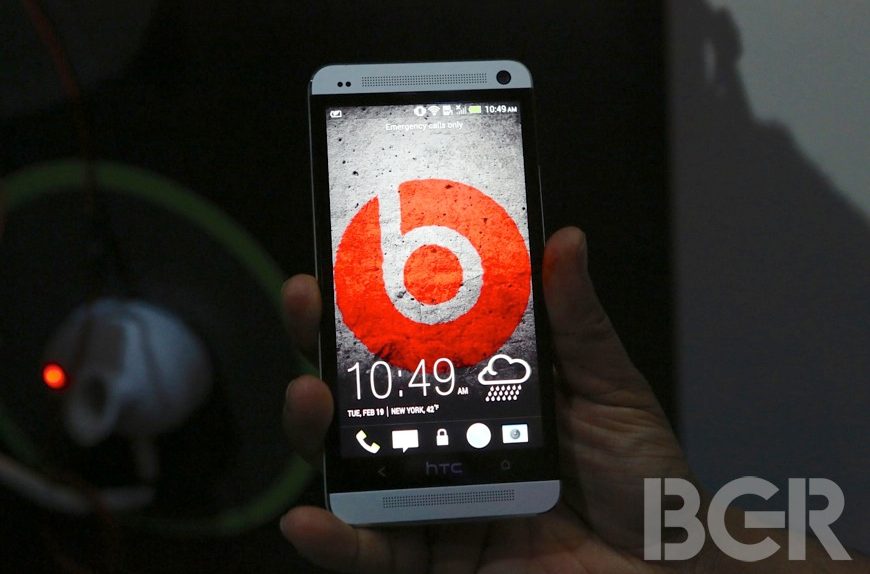HTC (2498) laid all its cards on the table Tuesday morning as it finally unveiled the highly anticipated HTC One smartphone. As is often the case with HTC smartphones, a string of rumors and leaks painted a fairly good picture of the phone leading up to its unveiling, but there is something important that was definitely lost in translation among the specs and press renders that trickled out over the last few weeks: This is a complete reimagining of an HTC smartphone.
HTC has always made great hardware and although it is somewhat polarizing these days, HTC was also the first company to really add value to the Android experience with the Sense user interface and service suite. The vendor has continued to expand upon the groundwork it laid in Android’s early days but despite keeping pace with the competition in terms of design and technology — or even outpacing the competition, at times — HTC was no match for Apple (AAPL) and Samsung’s (005930) monstrous marketing budgets.
With the HTC One, the struggling vendor is no longer just riffing on its earlier devices. This is a fresh take on the HTC smartphone and it comes at a time when HTC desperately needs a hit.
In the short amount of time I’ve spent with the HTC One, I can already see that HTC has something special here — this is absolutely one of the best smartphones ever built. The metal case is gorgeous and the design is so sleek that it’s difficult to put into words. The new Sense user interface is slick and understated, the software is responsive thanks to premium specs, and the One packs a remarkable high-definition display that can absolutely go head to head with any other smartphone on the planet.
Features like the new Ultrapixel camera and HTC Zoe are definitely among the phone’s strongest features, but unfortunately I couldn’t truly get a feel for either during my hands-on time at the unveiling so we’ll have to wait for BGR’s full review to dive into those. In the brief time I spent flipping through the phone though, there are huge improvements in the latest version of Sense that could very well win over power users who have historically complained that Sense was too cumbersome.
The new HTC One is a phenomenal phone, there’s no question. But is it enough?
HTC still doesn’t have billions packed away that it can dump into massive global marketing campaigns to pull attention away from Samsung and Apple, but it is off to a good start in terms of carrier support. The HTC One will launch on more than 185 different mobile carriers across 80 regions around the world beginning next month. This is huge.
On the downside though, HTC has to act fast. Samsung appears set to take the wraps off its next-generation flagship smartphone — the Samsung Galaxy S IV — on March 14th and if we know Samsung, we know it’s going to push its new superphone harder than ever.
As the world’s top smartphone vendor by volume, Samsung has momentum in its favor. The consumer electronics giant also has incredibly deep pockets, of course. But with the right pitch, some serious help with advertising and messaging, and a little bit of luck, HTC’s new flagship HTC One might just have what it takes to steal some of the spotlight from its bigger rivals.[bgr-post-bug]




